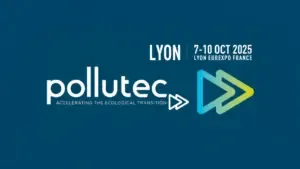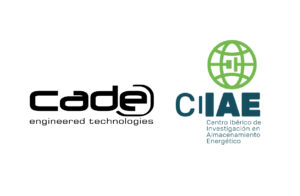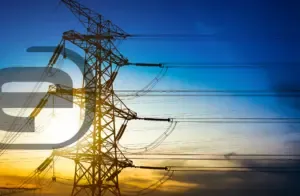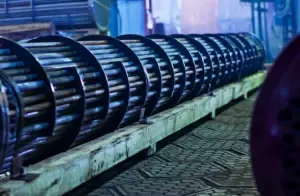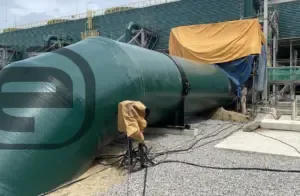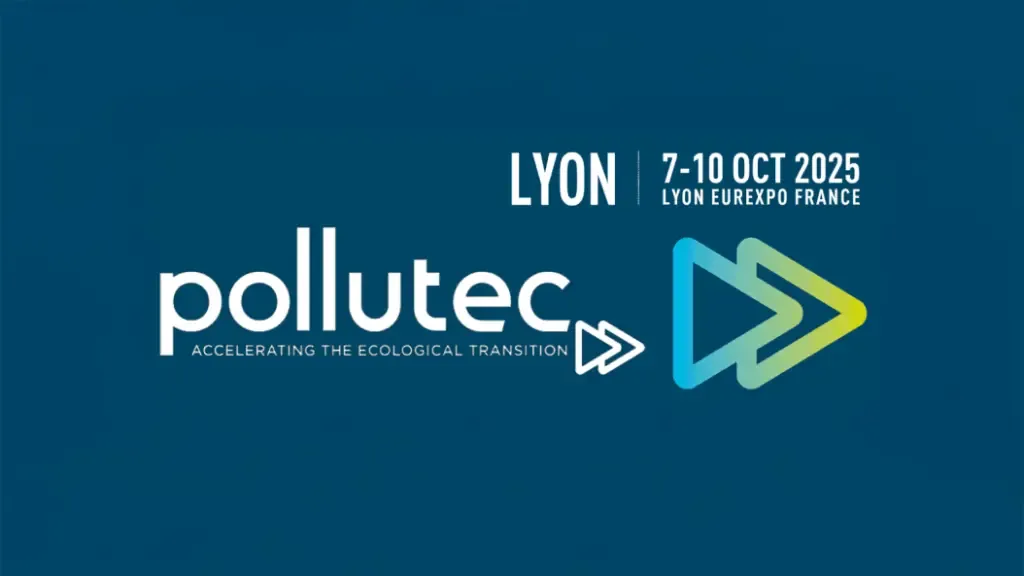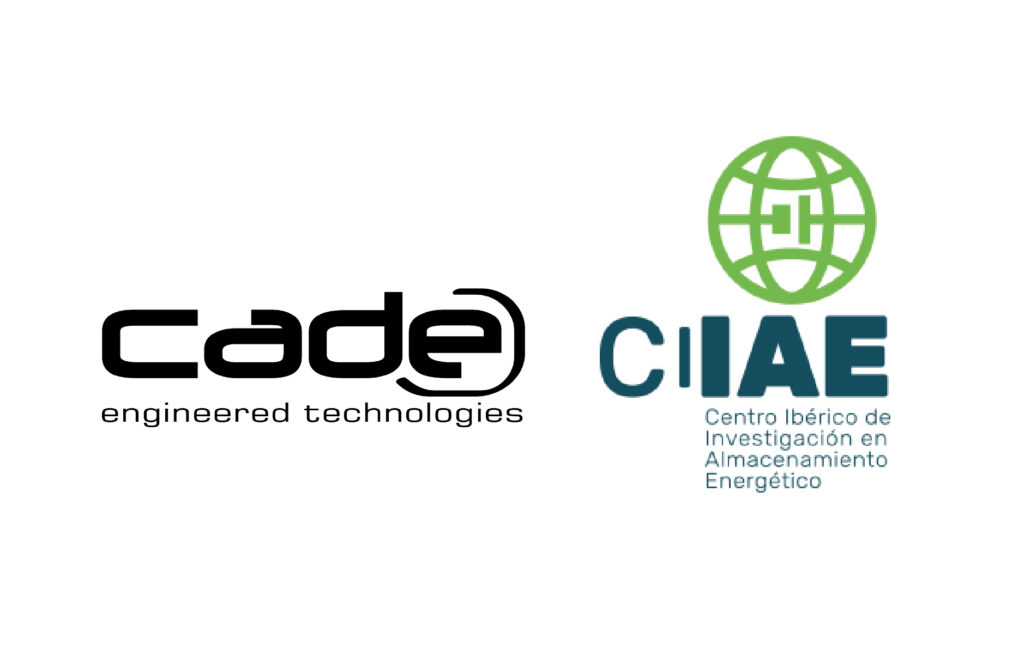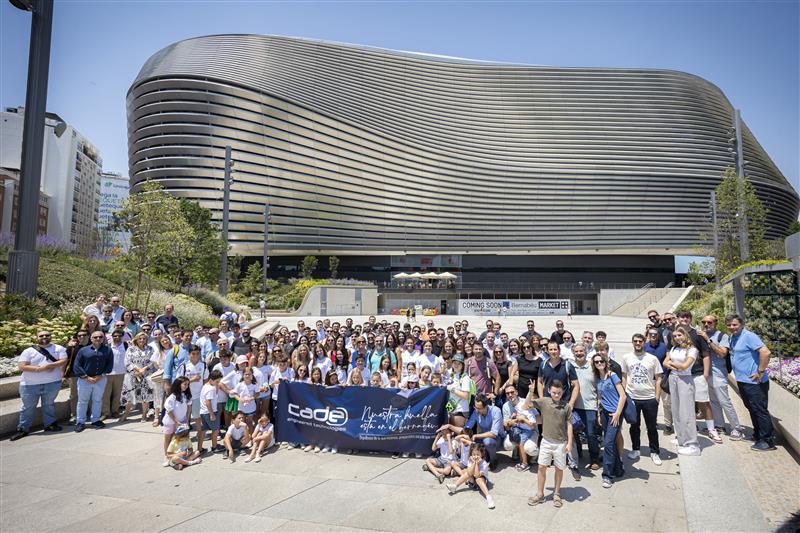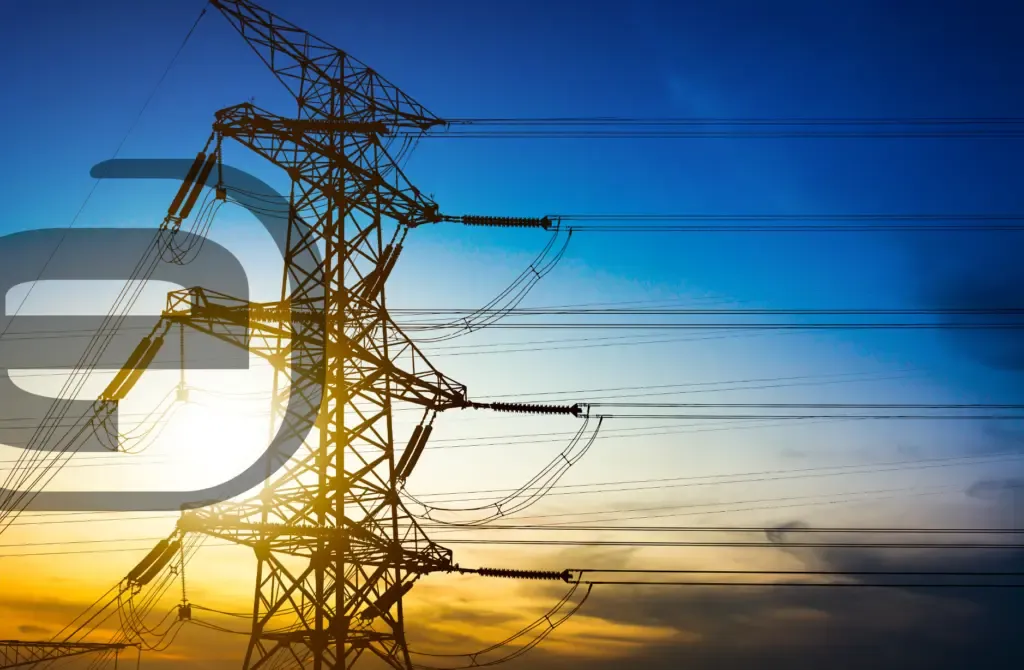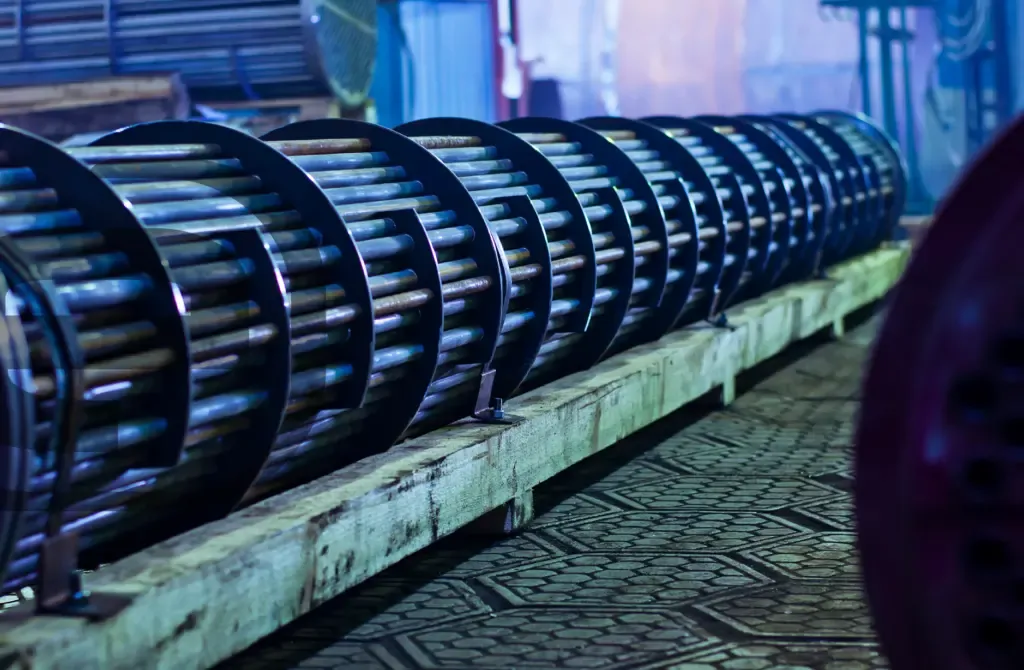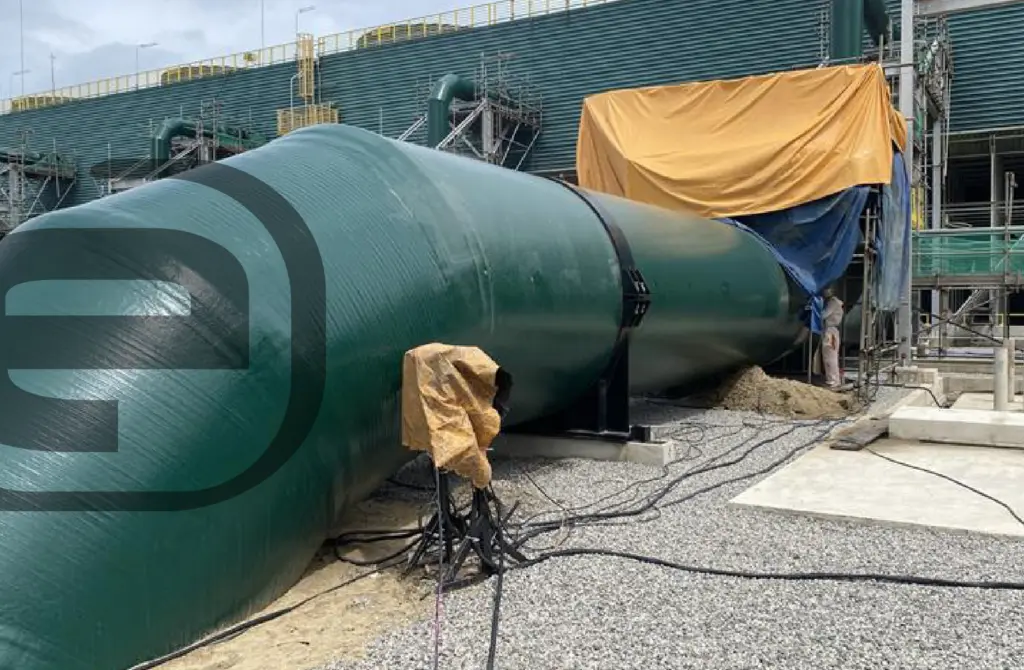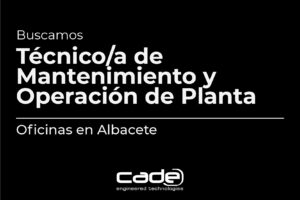In recent years, the European energy matrix has undergone significant changes in its composition, with renewable energies gaining prominence. This shift has been driven by decarbonization and energy transition goals, as well as the need to diversify energy sources.
Renewable gases such as biogas and biomethane are becoming increasingly important due to their versatility and compatibility with existing infrastructure, positioning them as key elements in decarbonization efforts in the coming years. These gases provide a local energy solution, promoting countries’ circular economies and energy independence.
Biogas: Transforming Organic Waste into Energy
Biogas is the result of the degradation of organic matter, such as agro-industrial or urban solid waste, through a process called anaerobic digestion or biomethanation.
During this process, various microorganisms break down waste in an oxygen-free environment, producing a gas mixture primarily composed of methane (CH4) and carbon dioxide (CO2), with small amounts of other gases such as water vapor (H2O), hydrogen sulfide (H2S), carbon monoxide (CO), and hydrogen (H2).
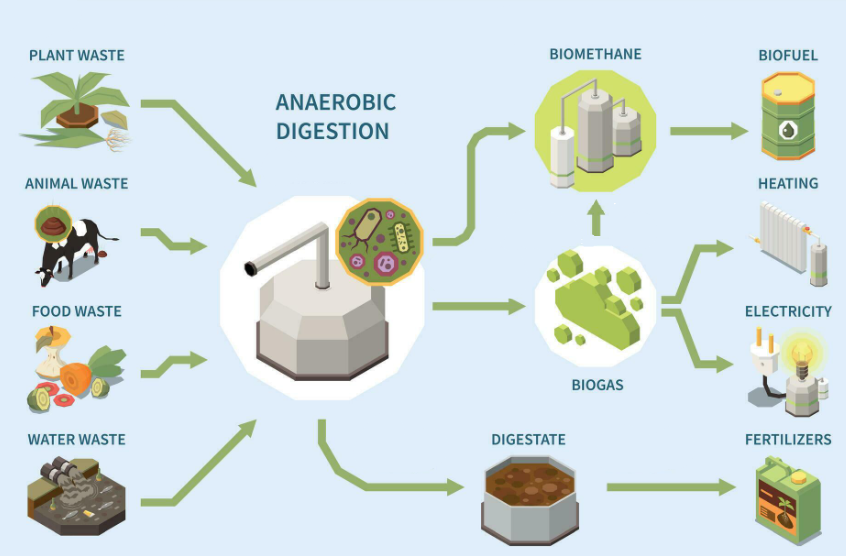
Figure 1. Infographic about biogas
From an energy perspective, methane is the key component, as the other gases are either non-combustible or present in very low concentrations, providing negligible energy contributions. Biogas can be used for generating electrical and thermal energy, while biomethane can replace natural gas in industrial processes and as a fuel.
Anaerobic digestion occurs in chemical reactors known as biodigesters. Designing these systems requires consideration of the four distinct stages of digestion:
- Hydrolysis: The breakdown of large molecules like proteins or fats into simpler compounds. This allows organic compounds to dissolve in water and be utilized in subsequent stages by other microorganisms.
- Acidogenesis: Simple compounds are converted into organic acids and CO₂.
- Acetogenesis: Organic acids are transformed into acetate, CO₂, and H₂.
- Methanogenesis: In the final stage, acetic acid, carbon dioxide, and hydrogen are converted into methane by methanogenic bacteria.
Understanding these reactions is essential to optimize process conditions, as the bacteria responsible for each phase require specific temperature and pH conditions. These bacteria can even compete with or inhibit each other, reducing methane production.
Hydrolysis/acidogenesis bacteria thrive at temperatures between 25–35°C and pH levels of 5.2–6.3. Acetogenesis/methanogenesis is more complex, with mesophilic organisms surviving at temperatures of 30–40°C, while thermophilic organisms require 50–60°C. Although thermophilic bacteria are faster and more efficient, mesophilic conditions are often used due to their stability and cost-effectiveness [1][2][3].
Biomethane, on the other hand, is obtained through a biogas purification process known as upgrading, which removes undesirable compounds and increases the methane content to levels comparable to natural gas. This allows its injection into the gas grid and usage in existing infrastructure.
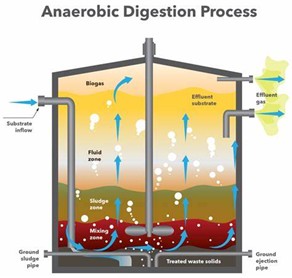
Figure 2. Diagram of biodigester operation
The Potential of Renewable Gases
The European Commission has set a target of producing 35 billion cubic meters of biomethane by 2030, 18 billion more than the “Fit for 55” plan, which aims for a 55% reduction in greenhouse gas (GHG) emissions by the same year. To achieve this, several European countries have established minimum biomethane consumption levels of 10%, with countries like France and Denmark reaching 20% and 75%, respectively.
Biogas and biomethane production has grown rapidly, with Germany, France, and Denmark leading biomethane generation. Spain has significant growth potential in this sector, with an estimated production capacity exceeding 100 TWh annually, presenting great opportunities for investment and project development. By 2024, the number of biomethane plants reached 1,548, increasing biogas and biomethane production to 22 bcm (billion cubic meters).
CADE: Biogas Solutions Driven by Expert Engineering
The development of biogas and biomethane projects requires a comprehensive approach that combines technical expertise and specialized tools. This highlights the importance of adapting software from other industries and creating custom tools to design efficient and sustainable plants.
CADE has a specialized team of engineers leading biogas and biomethane projects, providing comprehensive and sustainable solutions for every stage of the process, from conceptual design to operational optimization. Through advanced tools and experience gained from innovative projects, we offer high-level technical advice to maximize energy efficiency and renewable gas production, contributing to decarbonization and sustainability goals.
At CADE, we have developed proprietary tools based on data from existing plants and the latest scientific publications in the sector. These tools enable modeling of biogas generation processes from organic waste, optimizing FEEDs (Front-End Engineering Designs), and quickly and simply evaluating plant performance. This accelerates the early stages of our projects, enabling more informed and profitable decisions from the outset.

